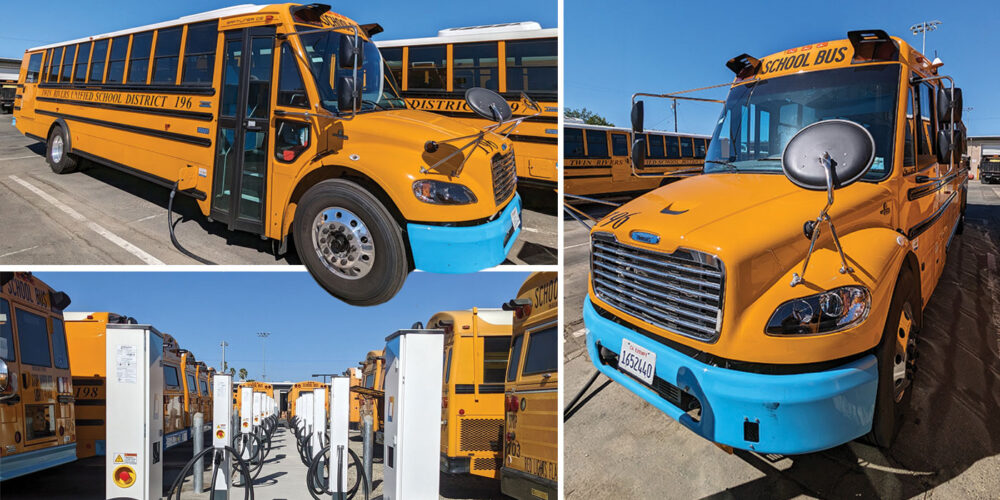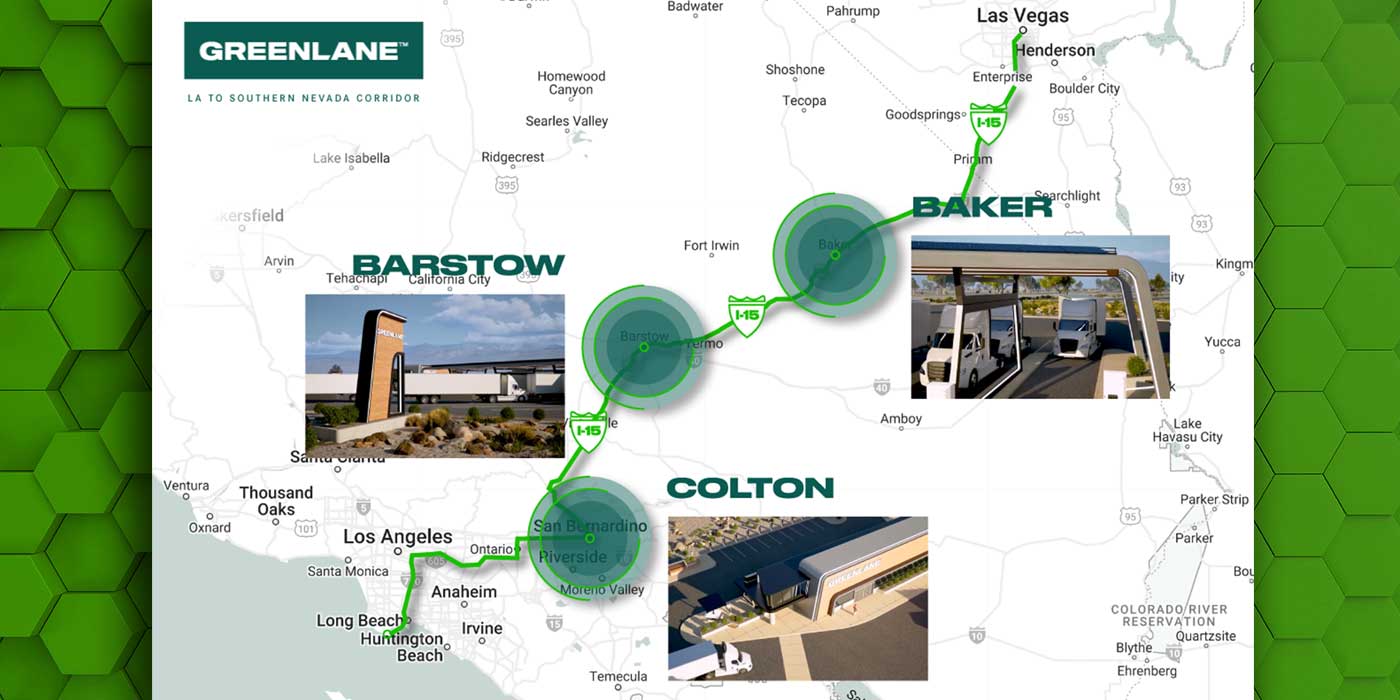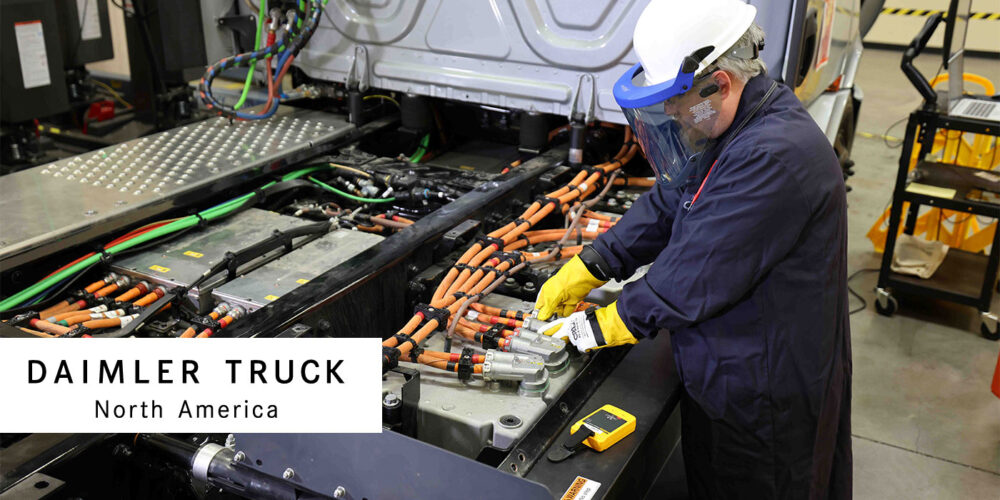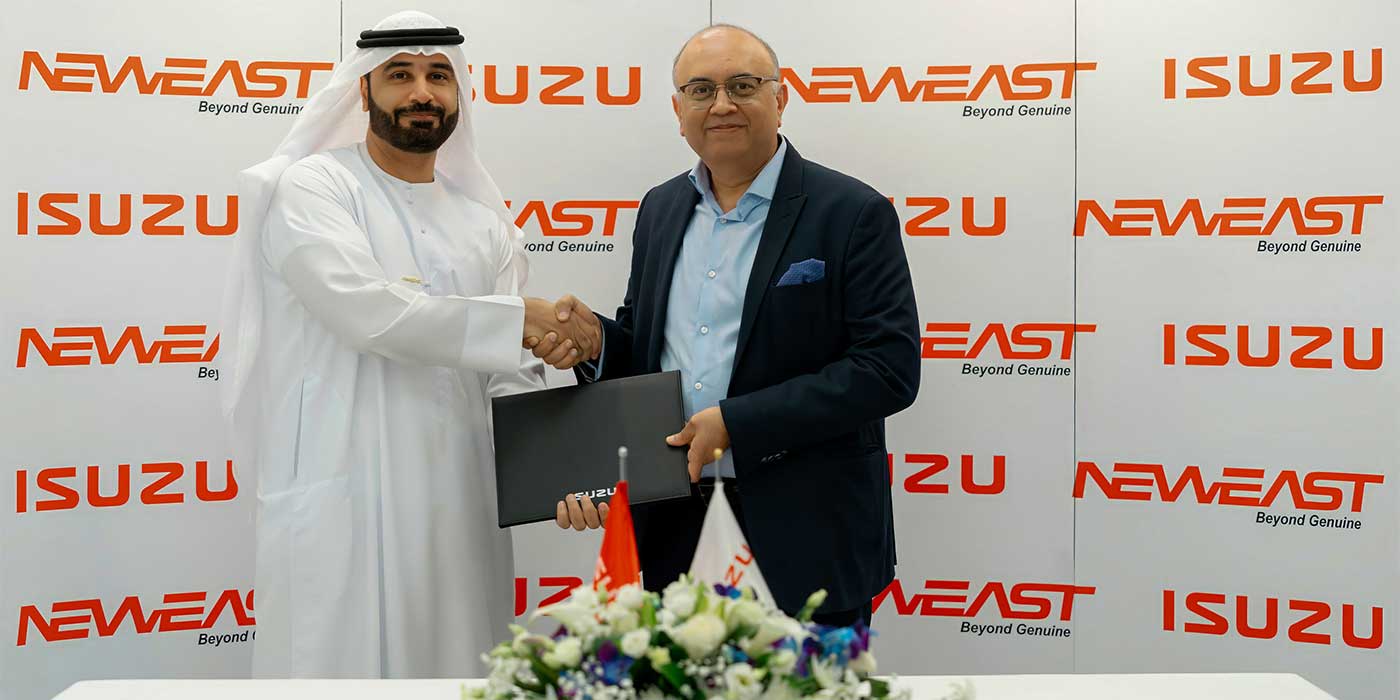“We were skeptical at first,” admitted Tim Shannon, director of transportation for the Twin Rivers Unified School District. “When we put our first 16 electric school buses in service in 2016, we had no doubts about their value in reducing unhealthy vehicle emissions, but the return on our investment was not yet obvious.”
Since then, things have cleared up considerably for Twin Rivers. In fact, the 27th largest public school system in California, which serves nearly 25,000 students in northern Sacramento County and includes 52 school sites, now has nearly 60 electric school buses covering an 82-square mile area encompassing 14 communities.
In the Twin Rivers fleet today are Thomas Built Saf-T-Liner C2 Jouley, Blue Bird All American RE and Vision, and Lion Type C electric buses with capacities for 77 or 83 passengers. The mix includes conventional and cabover models. Also in operation are Motiv Type A electric buses for special needs transportation. The fleet’s next deployment may include other brands as well.
“It didn’t take long to realize that electric buses save money,” Shannon said. “While we’ve been able to access more than $36 million in grant money from various agencies to fund the purchase of the higher priced electric buses, there is no question that the operating cost savings provide a very measurable return.
“The cost per mile for fuel alone compared to a diesel bus getting 4 to 4.5 MPG was eye opening,” Shannon continued. “We’ve seen costs for electricity that are 80% lower than what we were spending on diesel fuel.
“With so many fewer parts, and with items like tires and brakes lasting longer, repair expenses are 60% lower,” Shannon added. “Looking ahead, we’re even seeing savings compared to diesel buses when we factor in anticipated repairs as the electric vehicles get older.”
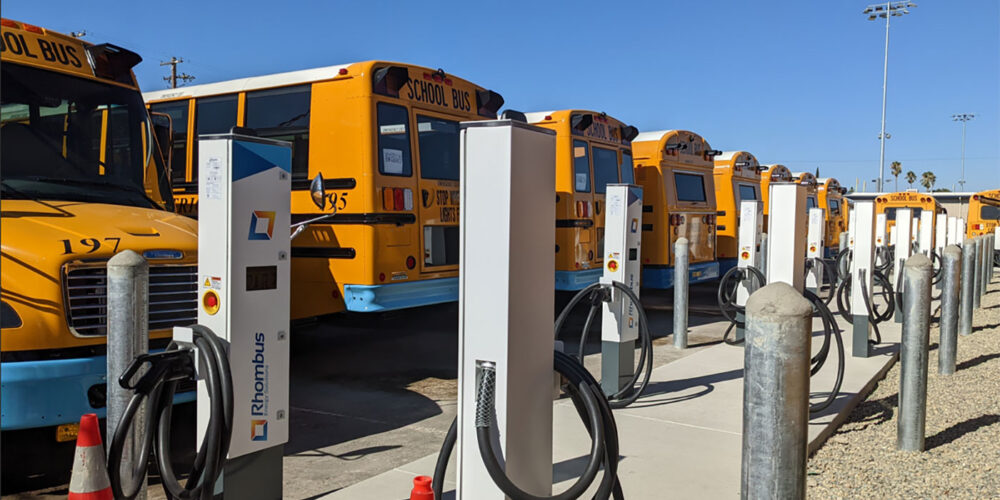
Currently, and with most repair work covered by warranty, Twin Rivers is using manufacturer service facilities and dealers to handle service needs for the electric buses. At the same time, the district is starting to train its technicians and plans to bring warranty, and maintenance and repair work in house.
Another question Twin River is exploring is how repair costs compare between brands of electric buses. “That information will be included in our planning as we add more electric buses,” Shannon said. “We prefer to field a mixed fleet so we can promote competition among manufacturers for our business. We’re also expecting prices to drop as there is more deployment of electric school buses across the country.”
At Twin Rivers, Shannon related, lower prices and operating costs are not only beneficial for the school district’s budget. The savings can also be used along with grants to help fund the charging infrastructure needed for the fleet.
“Infrastructure can be the biggest challenge to electric school bus deployment, but we were fortunate that we had the power we needed at our facility, and that the Sacramento Municipal Utility District was on board from day one,” Shannon said. “SMUD is also working with us to offset costs by establishing lower off-peak power rates that we take advantage of by charging the buses at night.”
Twin Rivers is also implementing a SMUD vehicle-to-grid solar installation next to its transportation facility. The system helps meet power needs during periods of high demand, serves as a battery backup in the event of a power outage so the buses can still be charged, and any excess electricity that is generated is sold back to the grid. The district is also selling its Low Carbon Fuel Standard credits to help offset its costs.
Along the journey to electric school buses, Shannon related, Twin Rivers also needed to address concerns about range anxiety. “Although we knew that our buses had ranges from 120 to 155 miles on a single charge, we took the entire transportation department on a field trip into the mountains on an electric bus,” he said. “Any non-believers were quickly convinced that range was not going to be an issue.”
Shannon also noted that the district evaluated its annual needs for buses on longer range athletic or field trips. “We determined that there’s no point in holding onto diesel buses that are only going to be used a limited number of times a year,” he said. “It actually costs us less to charter buses for those trips.”
In 2016, Twin Rivers became the first large school bus fleet to switch to electric vehicles and after more than seven years it is proudly one of the largest operators of electric school buses in the nation.
Speaking from that experience, Shannon said that school districts considering electric bus fleets should look at the big picture and realize that everything can’t happen overnight. “Running electric has not been as challenging as you would think,” he said, “and once you get through the growing pains life is good because you’re providing cleaner air for students, teachers, and families.”

